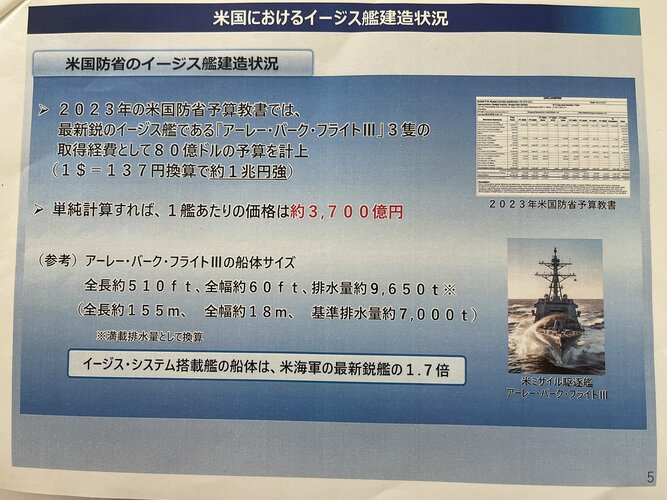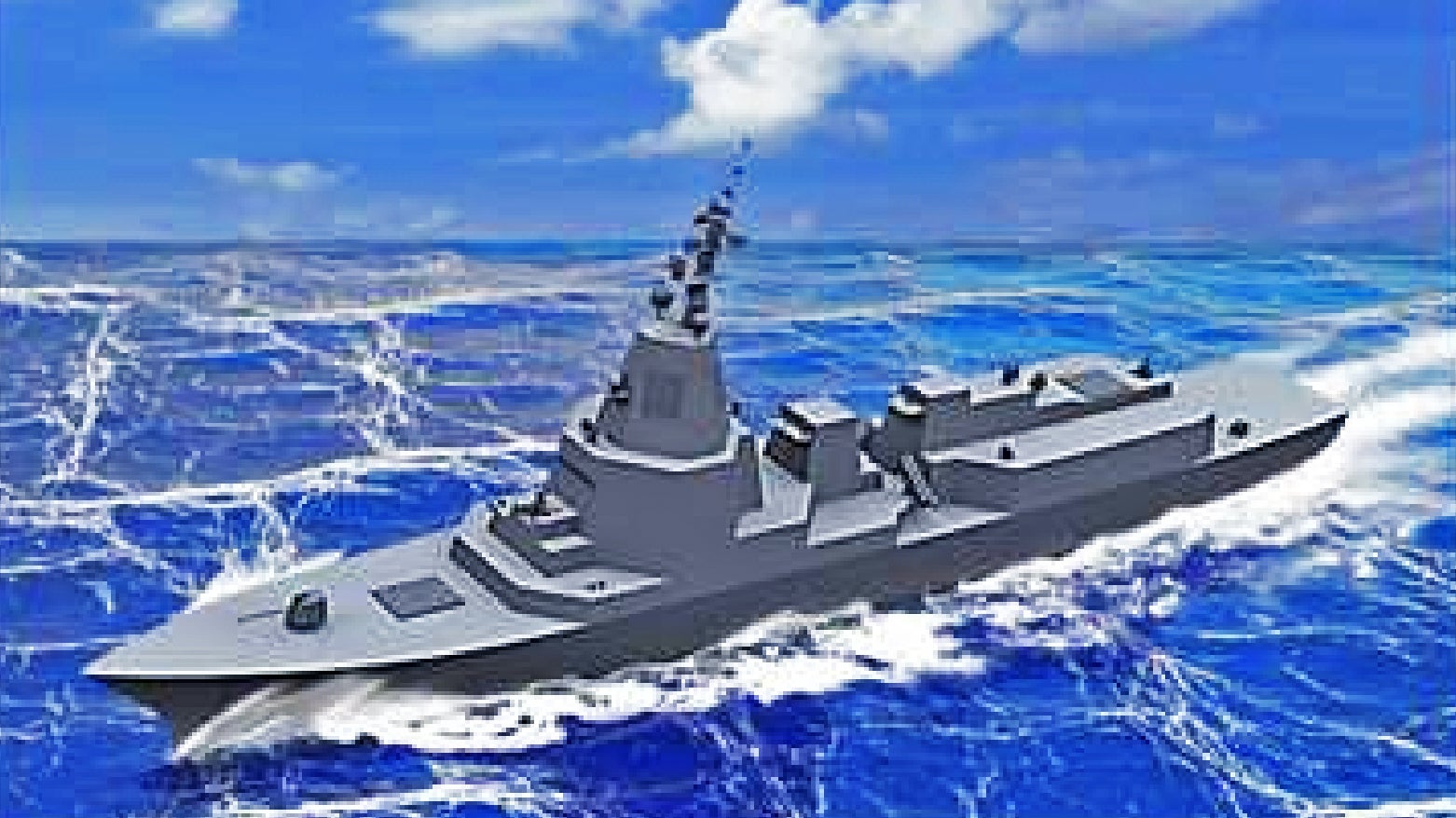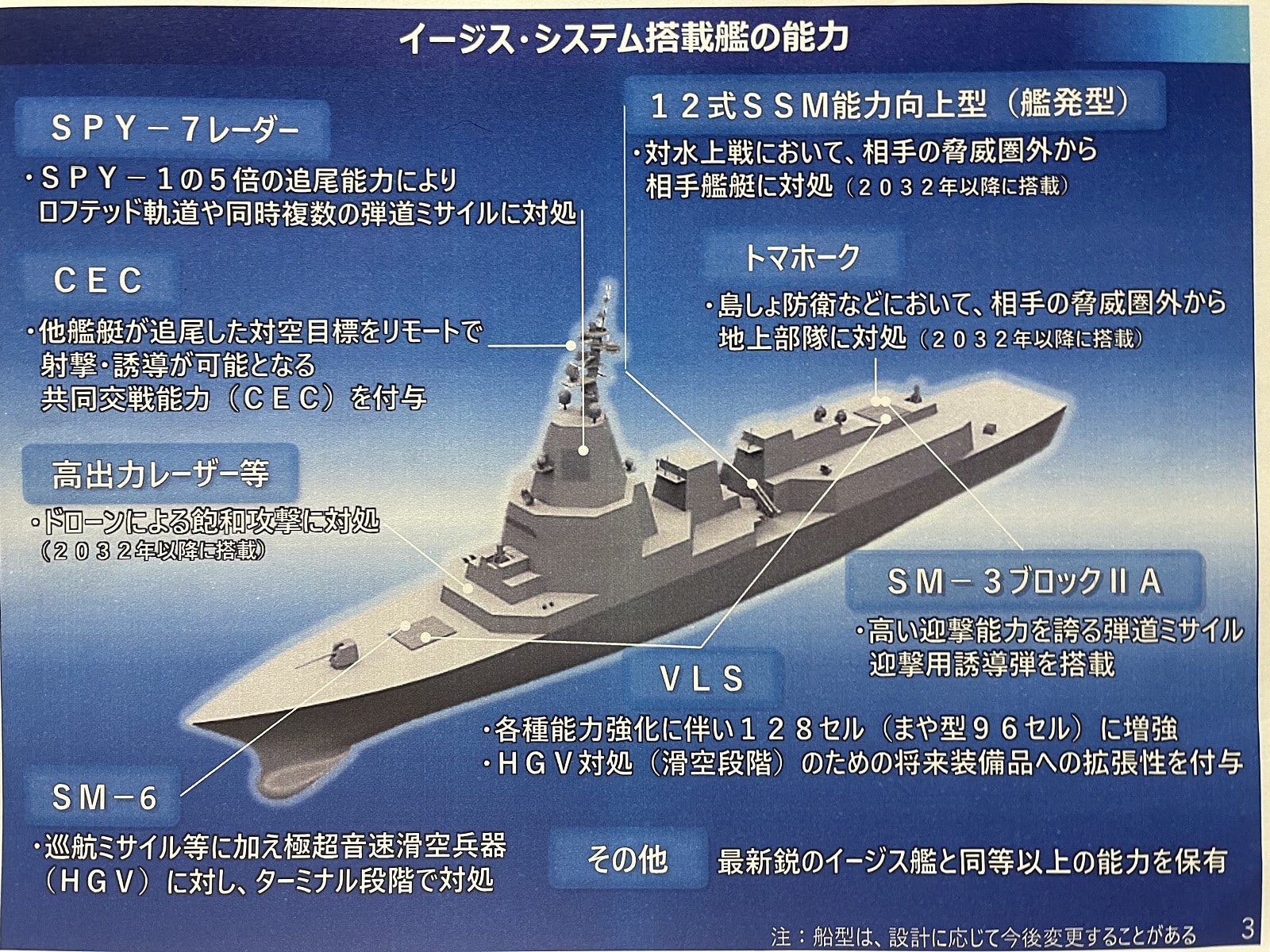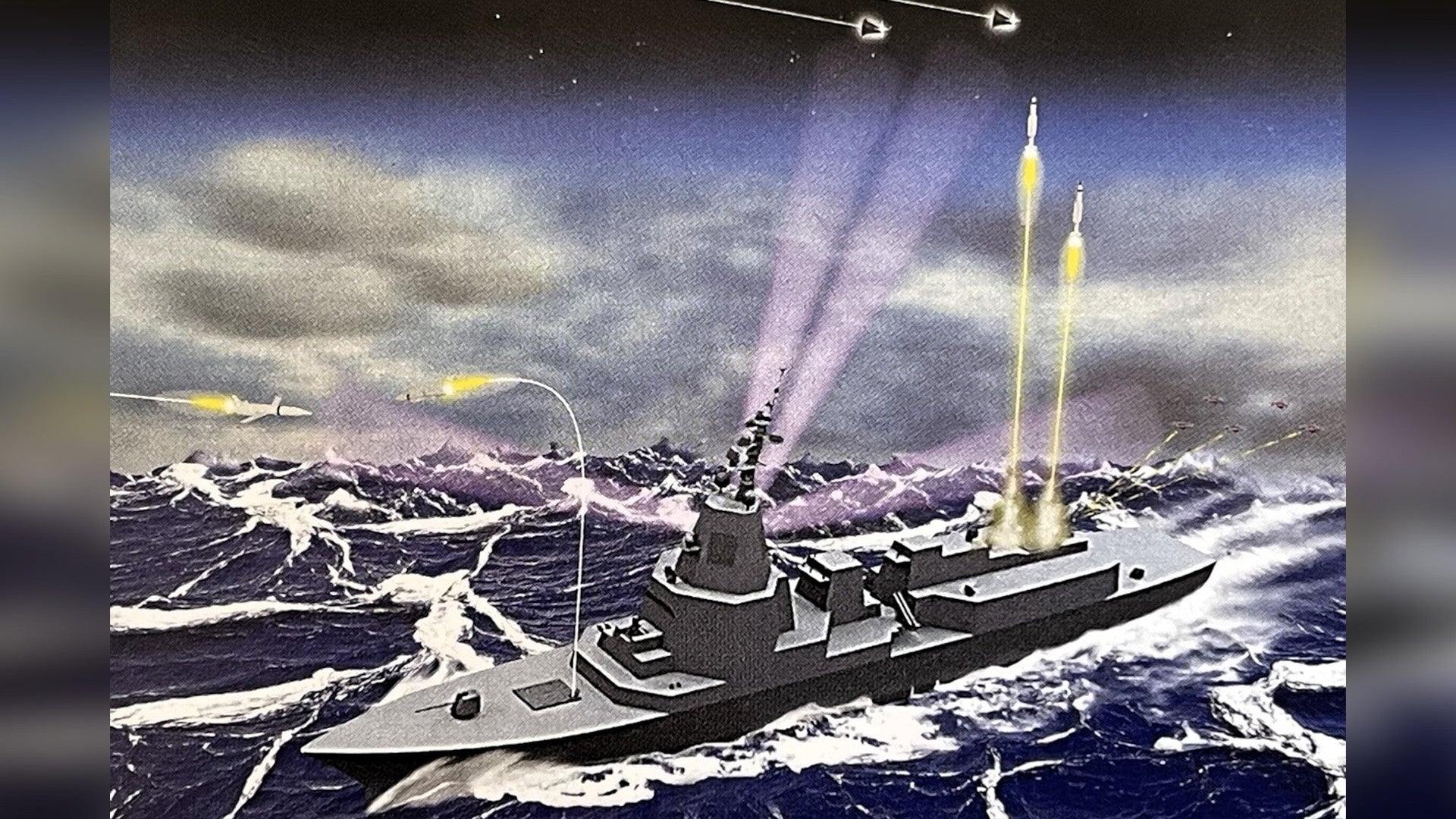Ainen
I really should change my personal text
- Joined
- 25 August 2011
- Messages
- 476
- Reaction score
- 438
Bigger surface ships tried going couple 76mm route in the 1960s...didn't end well.And kinda pointless. I'd give it a couple of 76mm instead.
(1)It isn't like a larger gun, built on a similar tech level, is less capable in just about anything other than the CIWS role; guns of any size are automatable, and we know since
(2)For the capability, the opposite is obviously the case, as a larger shell simply makes more room for any usable content, flies order(s) of magnitude further and faster. Nor it's probably that much more expensive to produce, as the difference is mostly steelwork and actuators of heavier turret, the 'smart' part is similar. Smaller naval guns aren't that cheap just because they're small.
Nor their smart ammo is cheap because it's small. It's just less capable, and far more difficult to be made capable. Zumwalt 155 guns and their ammo shall serve as a stern warning here.
(3)The positive difference, if it exists, is limited to smaller guns already being available (but we're already developing a whole new unique, large ship?), and being easier to mount...which is worth the less the larger the ship. Installing it in the primary DP position is just a waste.
(4)It made a lot of sense when there were just no big enough ships to go beyond a normal DP weapon; missiles just don't depend on launcher size, unless they physically can move with them. Nor their usable magazine scale well with the size of a ship (it scales linearly=badly).
(5)But for large ships, gun as a system always benefited disproportionally from size. You just waste the already obtained internal volume, structural rigidity otherwise. Disproportionally larger shells(of any purpose), disproportionally more ammo, disproportionally cheaper.
This isn't about an established separate need - more about not using the opportunity to install a balanced(to size) weapon, which is already here.





